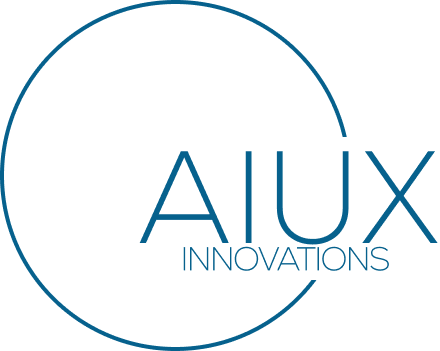We’re entering an era where the best interface might be zero interface at all. As designers, strategists, and technologists, we’ve long been trained to refine screens, to perfect pixels, polish flows, and optimize interaction patterns. But emerging technologies are pointing to a different future: Zero UI.
Zero UI refers to the concept of interacting with technology without a traditional screen-based interface. This includes voice assistants, gesture recognition, spatial computing, biometrics, environmental sensors, and predictive automation. Instead of tapping or swiping, users speak gesture or simply exist in an innovative environment that adapts to them.
So what does this shift mean for UX?
1. From Visual to Behavioral Design
With Zero UI, design becomes behavioral, not visual.
You’re not designing screens; you’re designing triggers, flows, responses, and human context.
For example, instead of a button labeled “Turn on lights,” you’re designing an experience where lights turn on when a user walks into a room, based on time of day, presence, or even mood.
Designers must now think:
- What is the intent behind the action?
- How can we sense it without explicit user input?
- What feedback is needed to build trust and confidence?
2. The UX of the Invisible
When there’s no screen to show progress, confirmation, or error—users are left in the dark unless designers plan for multisensory feedback:
- Voice confirmations (e.g., “Your package has shipped.”)
- Haptic cues (e.g., vibration for confirmation)
- Ambient changes (e.g., a smart light changing color to confirm an action)
The invisible interface needs more attention, not less. It requires a deeper understanding of user psychology and expectations.
3. Context Is the New Interface
Zero UI experiences rely on contextual awareness.
Think:
- Location
- Time of day
- Past behavior
- Emotional state
- Sensor data
A user shouldn’t have to say “I’m cold”, the system should know based on ambient temperature and previous patterns.
This shifts UX toward anticipatory design, a concept where systems predict needs before users express them. It’s powerful, but risky if done wrong. Overpersonalization without transparency leads to mistrust.
4. Cross-Disciplinary Collaboration Is Non-Negotiable
Zero UI experiences can’t be designed in isolation.
They require:
- UX Designers
- Data scientists
- Voice designers
- Engineers
- Privacy & security experts
- Behavioral psychologists
This is where Lean UX and Agile methodologies shine, rapid prototyping, constant feedback, and user testing must evolve for multi-modal, screenless interactions.
5. Ethical and Inclusive Design Challenges
When interfaces are no longer visual:
- How does a deaf user interact with a voice-only assistant?
- How do we ensure non-verbal cues aren’t misinterpreted?
- How do we prevent always-listening devices from violating privacy?
Designers must fight to ensure equity and transparency in these systems.
6. What Zero UI Means for Business
For businesses, Zero UI is an opportunity to:
- Reduce friction in high-touch experiences (e.g., healthcare check-ins, smart retail)
- Reimagine accessibility (e.g., voice-controlled kiosks, gesture-based interfaces in sterile environments)
- Create brand affinity through thoughtful, ambient experiences
But the cost of poor UX grows in Zero UI systems.
You don’t get a second chance if a voice command fails or gesture misfires.
Final Thought
Zero UI isn’t about eliminating design; it’s about evolving it.
As screens fade, the need for thoughtful, ethical, human-centered design grows. Designers must lead the charge in building trust, clarity, and delight in a world where interactions happen without touch, sight, or even awareness.
We’re no longer designing interfaces.
We’re designing environments, relationships, and behaviors.
Let’s do it right.
